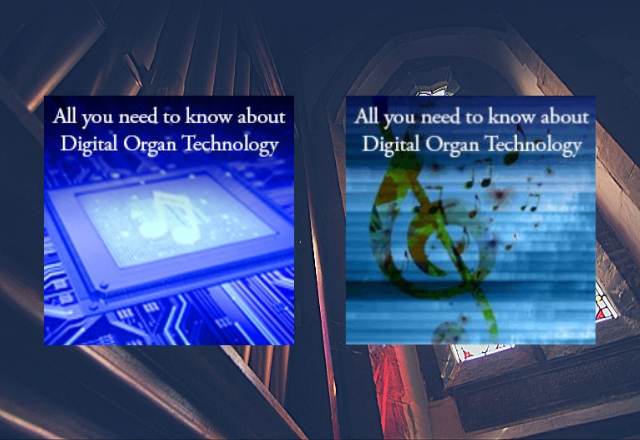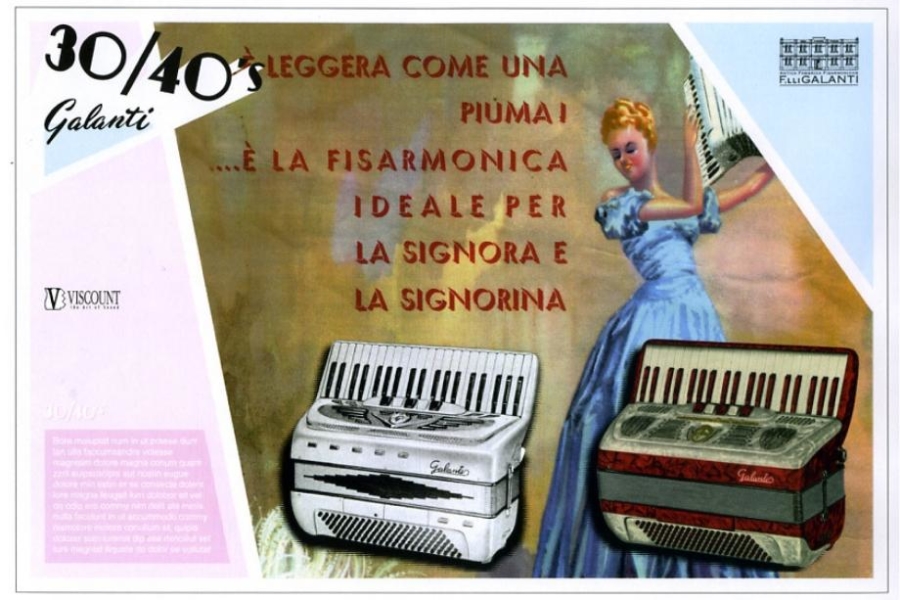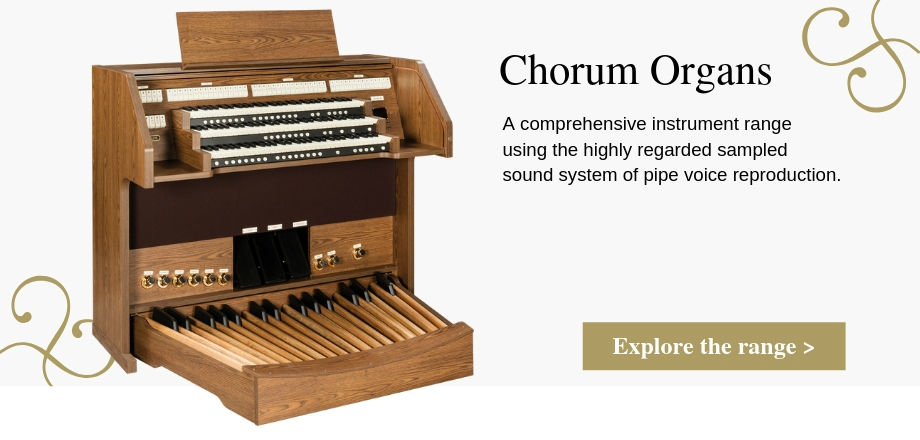Not every customer we meet needs to understand how our organs produce their sound. All they look for is something that is credible and pleasing to the ear. But there are customers who are fascinated by digital organ technology, and the changes and developments that occur over the years as companies strive to innovate.
Rapidly evolving technology when it comes to Digital Organs
Digital organs started life over 70 years ago as very poor imitations of their pipe organ counterparts. Actually, embarrassingly so. It is in part this lacklustre start that led to widespread disdain of digital instruments.
In the 1990’s, digital organ technology took a step forward with the creation of flash memory. Similar to that found on USB sticks, this is a cheap and instant memory of vast size that was previously only available in computers’ expensive ‘Random Access Memory – RAM.’ Flash memory provided instant access to information. This made the prompt playback of sound possible and allowed ‘sampled sound’ instruments to be built.
A great advance on the electronic tone generation options that preceded them.
(Viscount history – from accordions to digital organs. Read more about our history.)
Sampled sound relied on the playback of an actual recorded organ pipe. Its starting transient, constant, and decay are individually recorded and then put back together by the digital organ’s computer to create what the musician plays. Only perhaps between 5 and 10 notes across the 61 possible keyboard notes were produced in this way with a ‘computed average’ used to create the notes between sample points. Over time, more and more real notes were used, so improving the sound quality.
The current Viscount Chorum range of digital organs uses a much higher level of sampling technology than those earlier instruments. This gives it a far superior sound quality and a high level of specification in relation to cost.
Organ technology – from sampled sound to computer generated model
Sampled sound was the landscape for the next 15 years, during which time advances were made in computer processor power. The advent of ‘cheap processing resource’ led to the development of an alternative solution. So far unique to the latest Viscount instruments, which ‘calculate’ the sound using a software model (Physis Technology) that requires billions of calculations per second to be made.
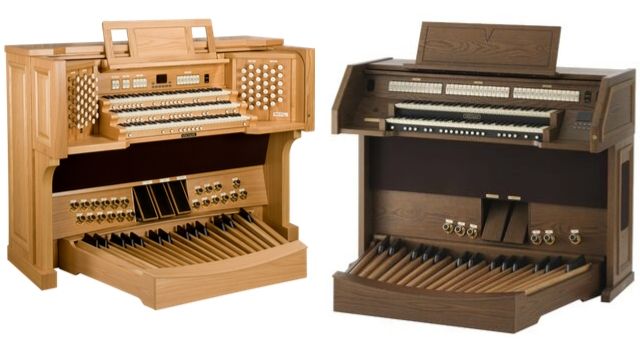
This calculation is never quite the same twice running and it is this ingredient that breathes ‘life’ into the sound that a recording struggles to emulate. It also allows for great ‘voicing flexibility’. Voicing is the process of regulating and crafting the sound of each individual pipe to make the instrument fit the building in which it plays. A process that is always done for church instruments and often for our home practice customers.
Our most popular choice for churches and schools, the Envoy range of digital organs, uses the exclusive ‘Physis’ technology, coupled with a wide range of voicing (tonal finishing) tools which allow the organ to be voiced for the specific space it is in, making each installation truly unique. Physis is also used in all of our instruments in the Sonus and Regent range.
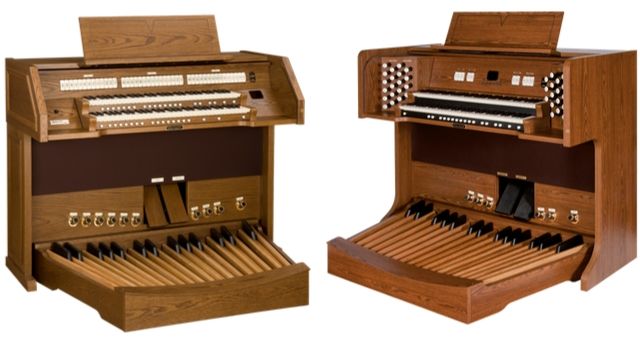
Does it matter what digital organ technology is used?
Whatever the sound source is, we advise that you focus on listening to it and base your selection on what you hear, not worrying about how we did it. When choosing a wine do you worry if the vines were on a south slope or south west slope? Were the grapes crushed by a machine or trod by foot? Of course not, you just focus on the taste, that’s all that matters.
So if I seem a little dismissive of the technology it is for good reason. I am content that, if you have a good ear you will appreciate which instrument offers the best solution.
Finally, I leave you with the recording below of Dr Joseph Nolan playing on one of our custom-built organs using Physis technology. We’d be very interested to hear what you think of the sound!
You can explore more interesting stories on our blog or browse through our range of instruments.
I have had a passion for church organs since the tender age of 12. I own and run Viscount Organs with a close attention to the detail that musicians appreciate; and a clear understanding of the benefits of digital technology and keeping to the traditional and emotional elements of organ playing.
